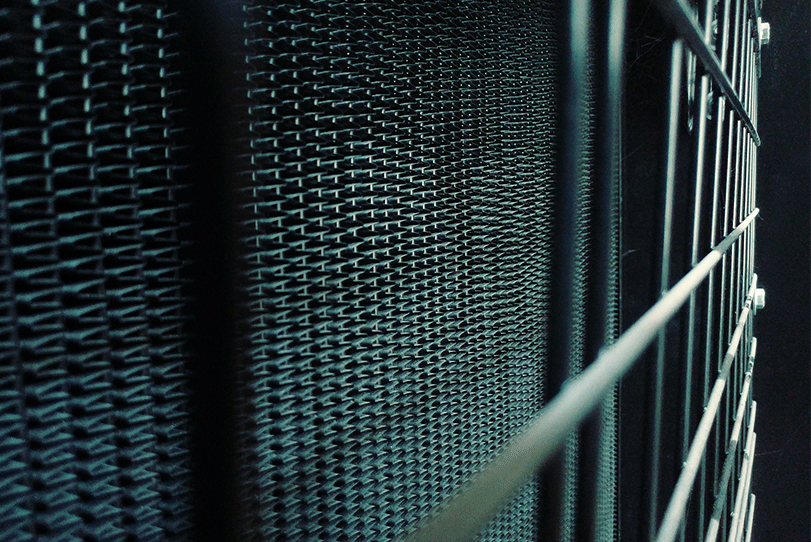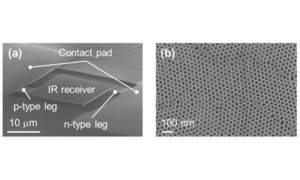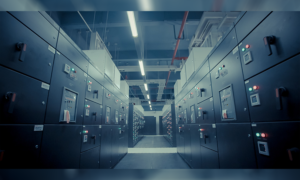Industry leaders jointly share their views about the increasing uptake in demand for heating equipment in the commercial HVAC&R industry.
Cooling applications covering refrigeration, air conditioning, and heat pumps are responsible for 15-20 percent of the electricity consumption globally and this is likely going to increase in the future with increasing electrification. The fundamental energy management of these systems are mostly based on the old energy paradigms and not exploiting the opportunities for improving the overall performance. For many years the efficiency focus has been on consumer appliances and their specific measurable efficiencies covered by for e.g. the star labelling program. This focus has pushed the market to higher efficiencies and lower costs. However, increased efficiency is not the only answer to the energy challenge. Energy effectiveness i.e. when and how energy is used, may even become more important especially when we have multiple sources of energy which is expected to have an increasing amount of fluctuating electricity supply.
Demand for energy efficient heating equipment in India
Increasingly, the world today is moving towards energy efficiency and sustainability. India has also been trending towards incorporating more sustainable and energy efficient infrastructure. The industry has become more vigilant about issues of resource consumption and carbon emissions, as a result of which energy efficiency is now incorporated in every aspect of manufacturing and infrastructure. This has encouraged all stakeholders to now make a more concerted effort towards realising a sustainable and green future. To which Girish Laxmeshwar, Associate Vice President-Sales Development, Grundfos India said, “Energy efficient heating equipment are penetrating the market and demand is rising for these products. A new trend here which is being adopted in many industries for energy conservation are heat pumps. These pumps take low temperature heat from the environment and turn it into higher temperature by using electrical or thermal energy. The demand for these systems is expected to grow at an annual rate of 11 percent.”
It has been well established that traditional heating and cooling equipment contribute to high levels of emissions and are known to consume a lot of energy. Apart from the intended consequences of energy efficiency in equipment, it also enables cost efficiency. This has led to an overall increase in demand for energy efficient heating equipment rather than traditional alternatives. Anuraga Chandra, Head – Cooling Sales, Danfoss India further explained, “While the ongoing pandemic has undoubtedly caused a lot of uncertainty and major shifts in the dynamics and operations of every industry, we remain cautiously optimistic that once the lockdown lifts, it will be possible to take slow and incremental steps towards a revival of industry. This time has given people an opportunity to take pause and reflect on the impact that energy efficient technology can have on both cost and system efficiency. We must bear in mind that this new chapter will involve a healthy mix of traditional business practices along with insights gained during the last few months about newer technologies.”
Solutions provided by industrial leaders for demands at plant level
Once connected to the District Heating grid, the supermarket will face potential new opportunities beyond the traditional heat recovery. Traditionally, supermarkets are designed for a very high cooling load, respecting extreme summer conditions with high temperatures and high humidity. As a result, the average running capacity of the compressors is only 30 percent of maximum capacity. Connected to the ‘infinite’ heating reservoir, this un-utilised capacity can be used as a heat pump capacity. This will add a tremendous extra opportunity to the local energy supply. Laxmeshwar explained, “In India due to climatic conditions the need for cooling is higher compared to heating demand in the thermal power plants. Grundfos offers a wide range of pumping systems in HVAC applications and cooling tower applications that facilitates heat transfer.”
Nithun Naik, Head – Heating Sales, Danfoss India added, “From a Danfoss perspective, let me give you an innovation in CO2 refrigeration system which we are currently implementing at some sites in Europe and are evaluating for India in due course. In communities where there is a District Heating grid or plans for establishing such a grid a supermarket can even become a decentralised heat supplier. Danfoss’ latest innovation in CO2 refrigeration systems for retailers is a tailor-made heat recovery unit. The system is supplied directly from Danfoss in an integrated unit. As an additional bonus, the store owner may be able to sell the excess heat to the local district heating company at an agreed price.”
Meeting the demands for F&B and cooling industry
Heating demand is high in F&B in particular the milk production industry. Pasteurisation of milk is an example. Chilled milk is heated from 4°C to a pasteurisation temperature of 72°C, held at that temperature for 15 seconds and then chilled to 4°C again. The heat of the pasteurised milk is then used to warm the cold milk. The incoming cold milk is preheated by the outgoing hot milk, which is simultaneously pre-cooled. This saves on the heating and refrigeration energy usage. The process takes place in a heat exchanger and is also called regenerative heat exchange. Up to 95 percent of the heat content of the pasteurised milk can thereby be recycled. Grundfos offers pumps in pumping hot water circulation inside plate heat exchangers. To which Laxmeshwar said, “The cooling industry including cold storage is also expanding across India due to food security measures implemented by the government. Grundfos offers HVAC pumps in cold storage (perishable & non-perishable goods). Grundfos has many of these milk chilling units as customers.”
Chandra gave Danfoss’s perspective by adding “Danfoss offers a range of innovative solutions such as hot gas defrost systems with two-stage solenoid valves, variable frequency drives, valve stations and system controllers, among others. All of these have reduced downtime, lower maintenance costs and operational expenditure, and save up to 15–20 percent in energy costs when compared to conventional equipment. All perishables ranging from dairy, fishery products, agricultural produce, vegetables, fruits and processed foods benefit from Danfoss’ cold storage technology. We have recently launched products in the Industrial refrigeration segment specifically catering to this business. Further, as described earlier we are working on CO2 as a refrigerant for the Indian market and are confident that natural refrigerants will in the long term be the solution of choice.”
Government’s plan impacts demand for heating
The government’s plan to reduce the cooling demand by 2038 is part of their overall mission to combat climate change and global warming. This is in line with our recommendations as we believe that energy efficient technologies in cooling can reduce the demand. If you look at Delhi as an example the peak energy demand in summer is 40 to 50 percent higher and this is basically coming from the need for cooling. With global warming as well as higher disposable incomes, the need for cooling in India is expected to increase. We need to take concrete measures towards ensuring that we optimise the way we use energy. Naik added “In line with our core values, with regard to the cooling industry, we have adopted natural refrigerants in an effort to make the cooling industry a clean and cost efficient one. As leading players in the cooling industry, we believe that our business is likely to be largely unchanged. The increasing movement towards cleaner and more efficient solutions will undoubtedly have positive implications on companies such as Danfoss.” One way towards reducing the cooling demand is to run the cooling system in optimal temperatures in line and coordinated with the demand cycle. Laxmeshwar also said “Grundfos’ intelligent pumps can help customers improve the process performance and in turn reduce the energy consumed by the hot water / chilled water pumps. With the rise of heating systems, we are able to help customers run their systems optimally and thereby ensure more energy savings.”
With the rise of heating systems, we are able to help customers run their systems optimally and thereby ensure more energy savings.
Girish Laxmeshwar, Associate Vice President-Sales Development, Grundfos India
This time of pandemic has given people an opportunity to take pause and reflect on the impact that energy efficient technology can have on both cost and system efficiency.
Anuraga Chandra, Head – Cooling Sales, Danfoss India
In line with our core values, with regard to the cooling industry, we have adopted natural refrigerants in an effort to make the cooling industry a clean and cost efficient one.
Nithun Naik, Head – Heating Sales, Danfoss India
Cookie Consent
We use cookies to personalize your experience. By continuing to visit this website you agree to our Terms & Conditions, Privacy Policy and Cookie Policy.














